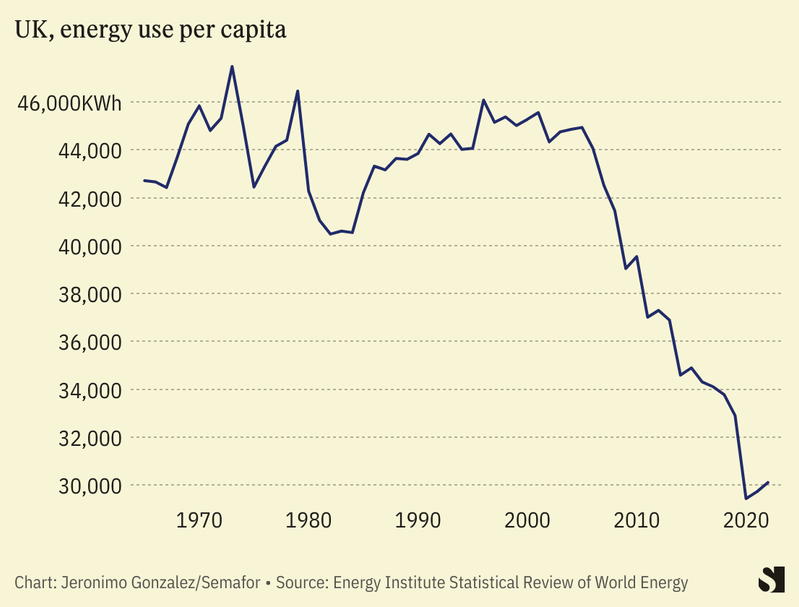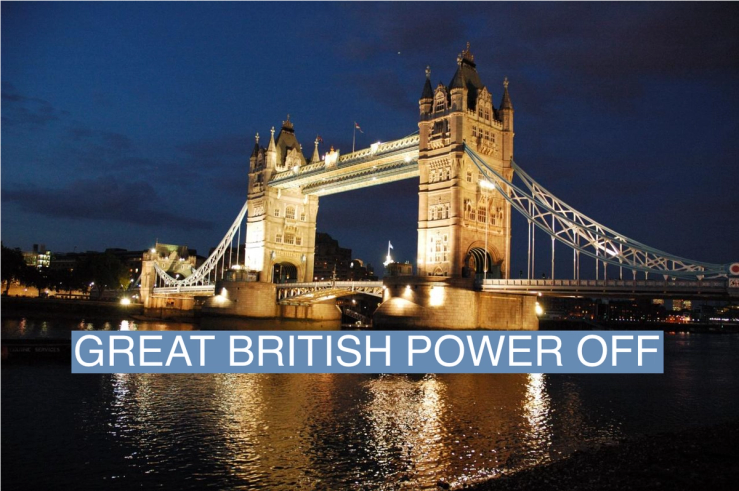The News
The British government is considering a radical change to its electrical grid, a shift which proponents argue would help build out renewables, while making the overall power system more efficient and flexible.
Yet a growing number of experts want officials to officially say — soon — that they won’t consider it any longer. Even those who aren’t as strident argue the plan’s benefits are outweighed by its risks.
And looming over the debate is the Inflation Reduction Act, the U.S.’s mammoth clean-tech support program that ostensibly has little to do with an otherwise arcane reform to British electricity management, yet which has reshaped the argument.
“The IRA is the story,” said Liam Hardy, a policy analyst at Green Alliance, a London-based think tank.
Prashant’s view
In the year since the IRA has passed, the focus has — correctly — been trained on its impact on emissions reduction in the United States. Yet the example of Britain’s proposed reforms illustrates another consequence of the year-old law, and how its tentacles are reaching deep into other countries’ politics and policies.
The shift Britain is considering — to move away from a single wholesale market for electricity to pricing based on location, creating in effect huge numbers of tiny markets, or nodes — is radical. It’s part of a broader government review of how the electricity market works, and the change to “nodal” pricing is favored by the energy system operator, which is responsible for supply and demand.
Yet a number of respected analysts, think tanks, and consultants argue the risks are too great, that such a significant shift could deter much-needed investment by introducing huge uncertainty — moving to a nodal pricing system would likely take years, and its consequences are not fully clear. That would potentially make Britain a less attractive place to build renewables for companies that could just as easily consider the United States post-IRA, and the European Union after it announced its own response to the law.

“Don’t go further with nodal prices,” argued Stephen Woodhouse, director at AFRY, a consultancy that published a report recommending against the shift. “It’s such a radical change it would deter investment. Don’t go there.” Hardy made a similar argument in a briefing he wrote for the Green Alliance, also arguing Britain drop nodal pricing as an option.
Others are less aggressive in their final recommendation, but make similar points. A May parliamentary research report noted that Britain would “need to compete with attractive investment environments created by the United States Inflation Reduction Act and EU Green Deal Industrial Plan.” And Tom Brijs, a principal at the Boston Consulting Group who focuses on grids and energy markets, said that while some investors favor nodal systems — particularly those whose business models benefit from more volatile pricing, such as battery-storage companies — renewables developers prioritized stability. Aurora, an energy-focused research firm, projects that any potential savings were “likely eroded by real, unmodelled factors” and “could increase cost of capital — due to increased uncertainty.”
Underlying it all is the IRA. Before it was passed, the U.S. was just another market — albeit a large, and wealthy one — to renewables developers, one beset by varying regulations, few incentives, and little government support. In that scenario, Britain, which had aggressive decarbonization targets, a measure of regulatory certainty, and some government financial support, was an attractive place to invest for renewables companies.
To some extent, that description of Britain still applies (though Prime Minister Rishi Sunak’s rowing back of the country’s emissions-cutting goals has dented its image). But perception of the U.S. has changed, and that’s remade the market.
Know More
How electricity grids and power markets operate can have a significant impact on decarbonization: China’s upcoming reform of its market is widely expected to accelerate its use of renewables, and cut down on its need for coal-fired power.
Britain currently operates a national grid, one in which wholesale electricity prices across the country are set by a single “spot price” — the highest price bid by a power generator to offer a unit of electricity at a particular time. Yet demand and supply are geographically spread apart: Much of its wind power, for example, is generated in Scotland, whereas a big chunk of demand is concentrated in and around London. Constraints in the country’s transmission infrastructure mean that at times when wind power is plentiful, the grid cannot send it all south, and the grid operator must financially compensate wind farms for power it cannot handle.
The energy system operator proposes Britain shift to a location-based or “nodal” pricing system, where wholesale prices better correspond to where power is produced: Prices would depend on supply and demand within various “nodes,” and the overall constraints of the network, potentially making prices cheaper in areas like Scotland with more supply. Fully nodal systems, multiple analysts agreed, do the best job of reflecting overall electricity market dynamics.
The complexity of moving to such a system, however, is immense, requiring multiple years of effort and “bandaids” to deal with inevitable shortcomings. It may also lead to national price variations, which one consultant pointed out have not yet been tried on a mass scale in Europe, leading to questions over its social acceptance.
And analysts disputed whether one of the key theoretical benefits of such a system — incentivizing renewables developers to build new projects closer to demand centers — would bear out: Like the U.S., Britain has multiple factors driving whether a company invests in building power generation, from permitting questions to the availability of land or labor.
A spokesperson for the U.K.’s Department of Energy Security and Net Zero said in a statement: “We will continue to develop and refine options for reform, working closely with industry and stakeholders, and expect to undertake further consultation in the autumn. No decision has been reached on whether to introduce Locational Marginal Pricing or any of REMA’s other options for introducing more efficient locational signals.”
Room for Disagreement
Nodal pricing systems do offer several benefits, beyond reflecting the price of energy most accurately. For one, by reducing congestion in transmission infrastructure, it could save Britain as much as £31 billion, about $37.5 billion, between 2025-2040, according to a consultants’ report for the country’s energy regulator. Its use in some U.S. states has been linked to an accelerated expansion of energy storage as firms specializing in batteries look to capitalize on the volatility nodal pricing offers, according to analysts at Energy Systems Catapult, a U.K. think tank, and could help Scotland become a green hydrogen hub for Europe, Aurora said.
The View From Italy
Italy uses a “zonal” pricing system — an option Britain is also considering — in which the market is separated into zones rather than far-more granular nodes. The country offers tax incentives for smaller-scale renewables developers, and offers financial support for green power, a combination which Energy Systems Catapult said has resulted in “a steady rate of investment in both solar PV and wind generation that has generally ranked around the middle of comparable European states.”
Notable
- The director of Britain’s Electricity System Operator makes the case for changing how the market operates in a recent episode of Aurora’s Energy Unplugged podcast.


